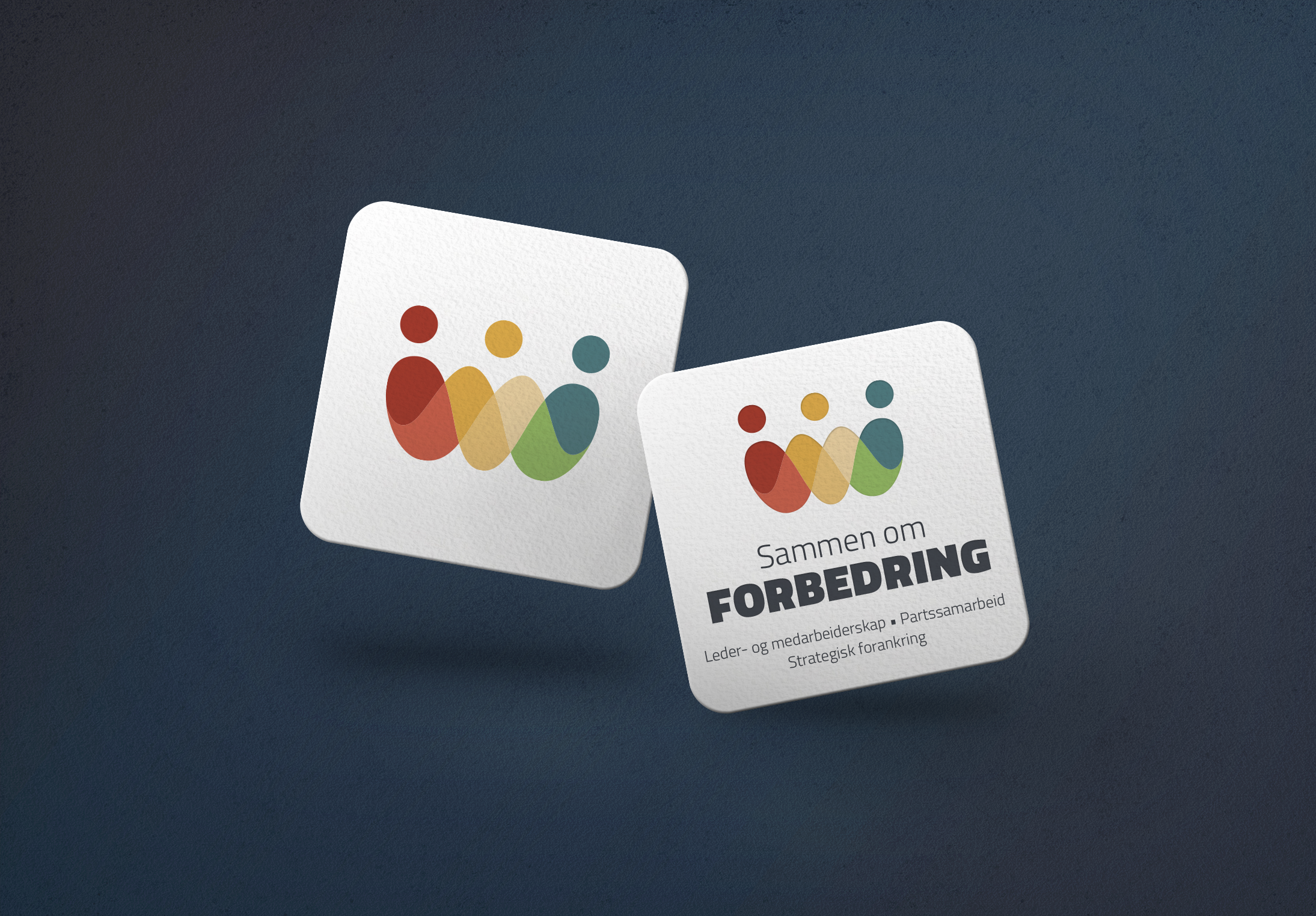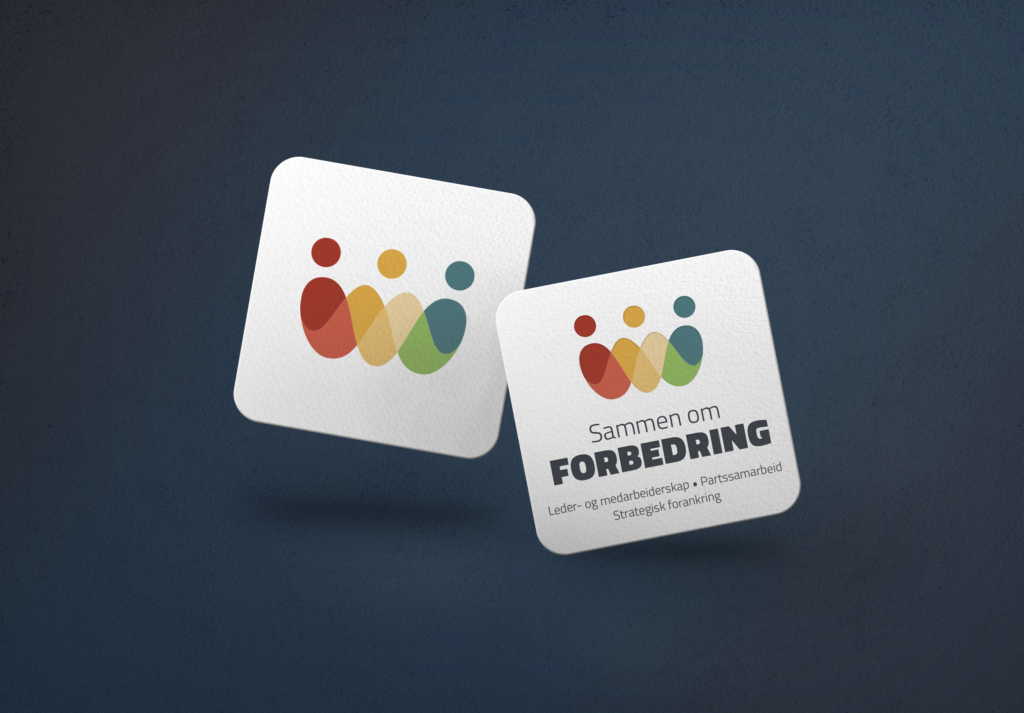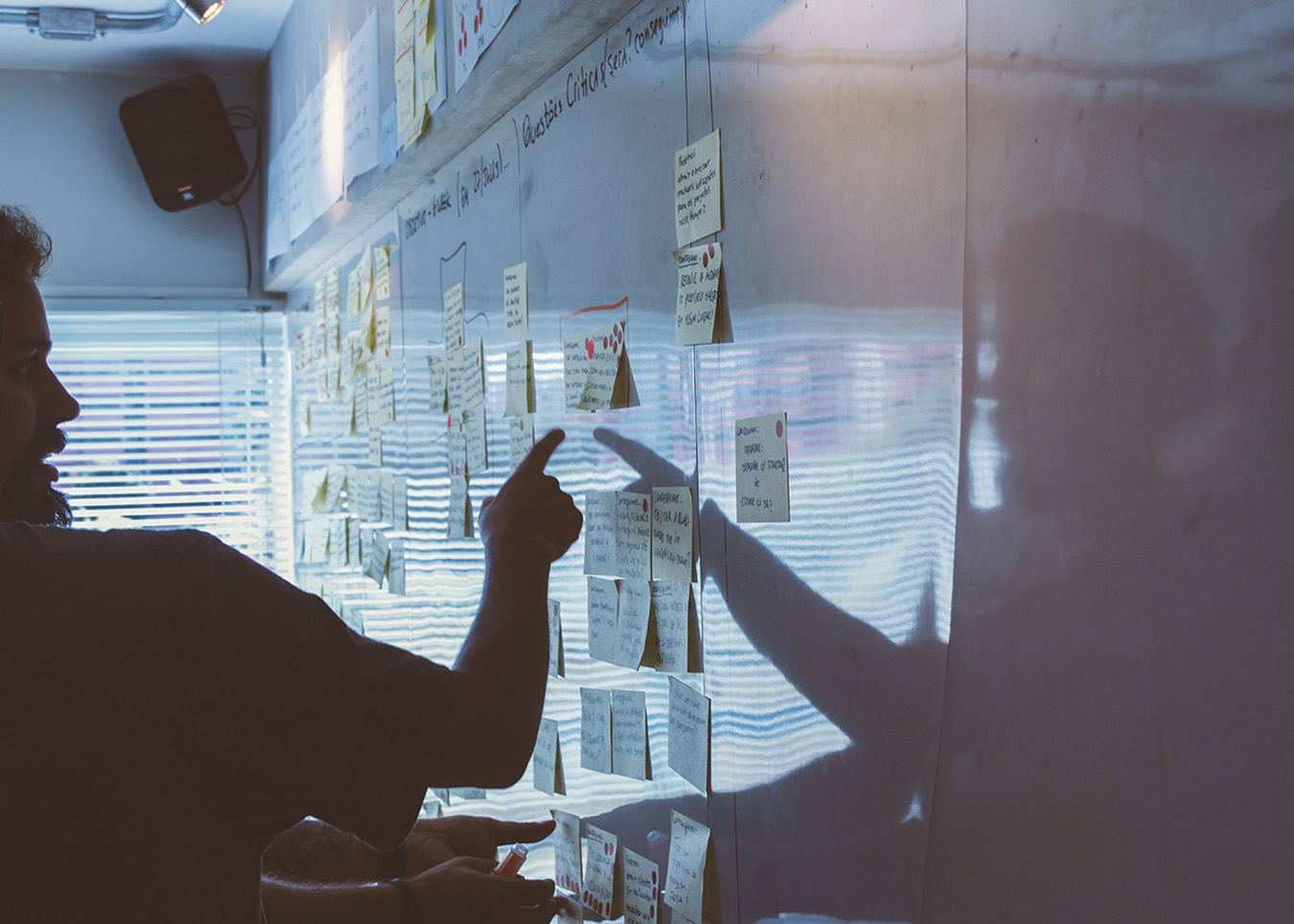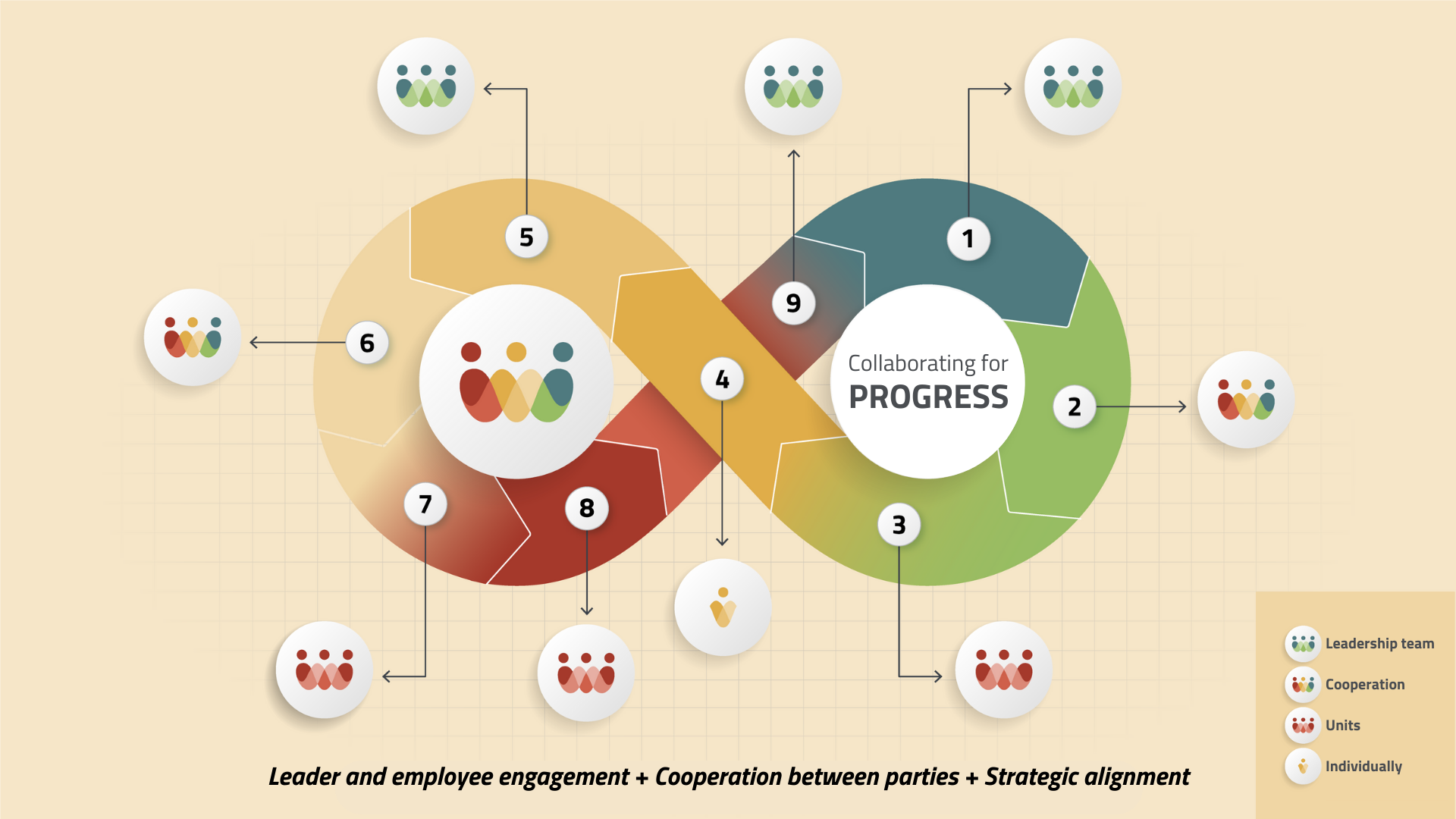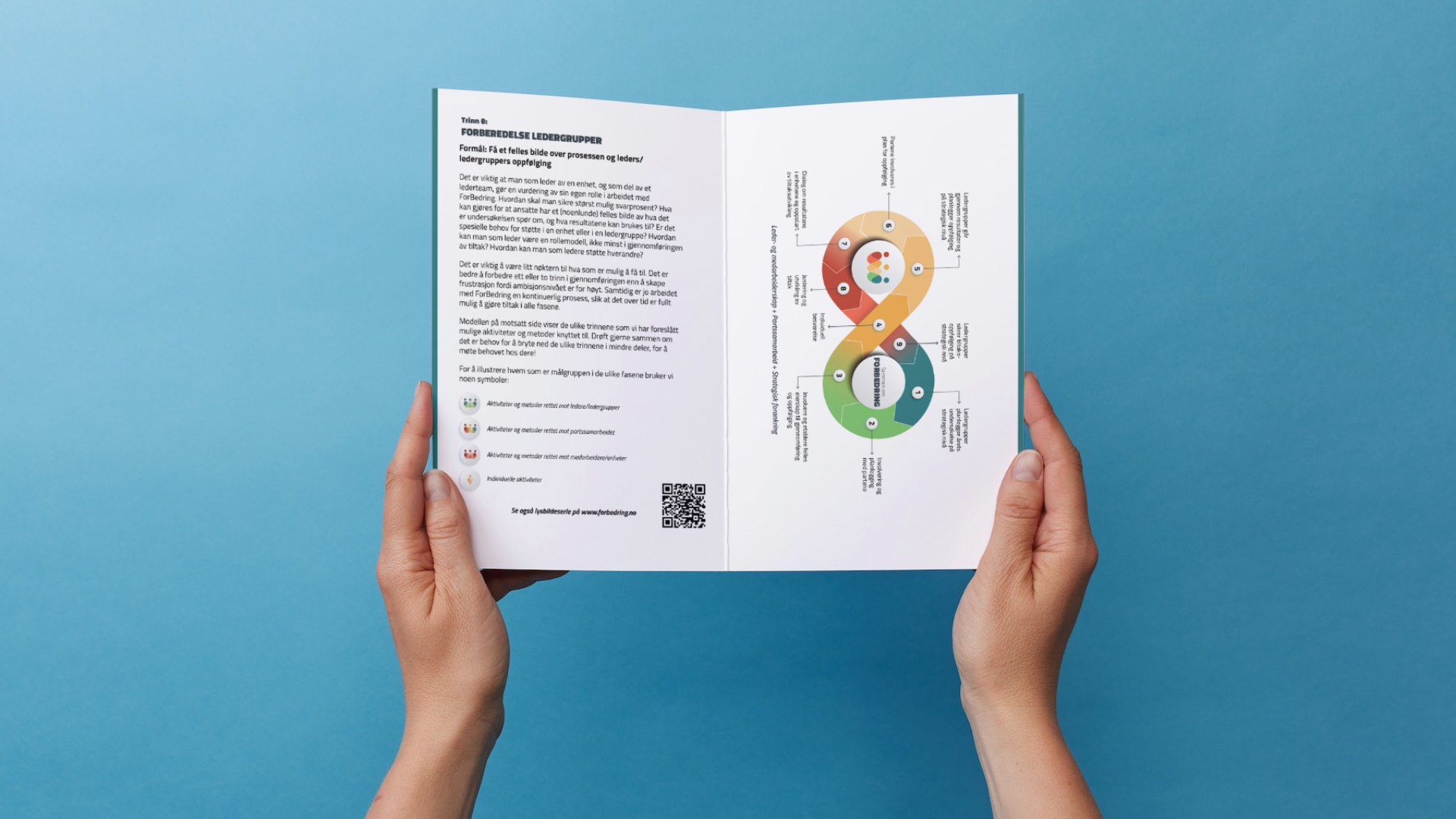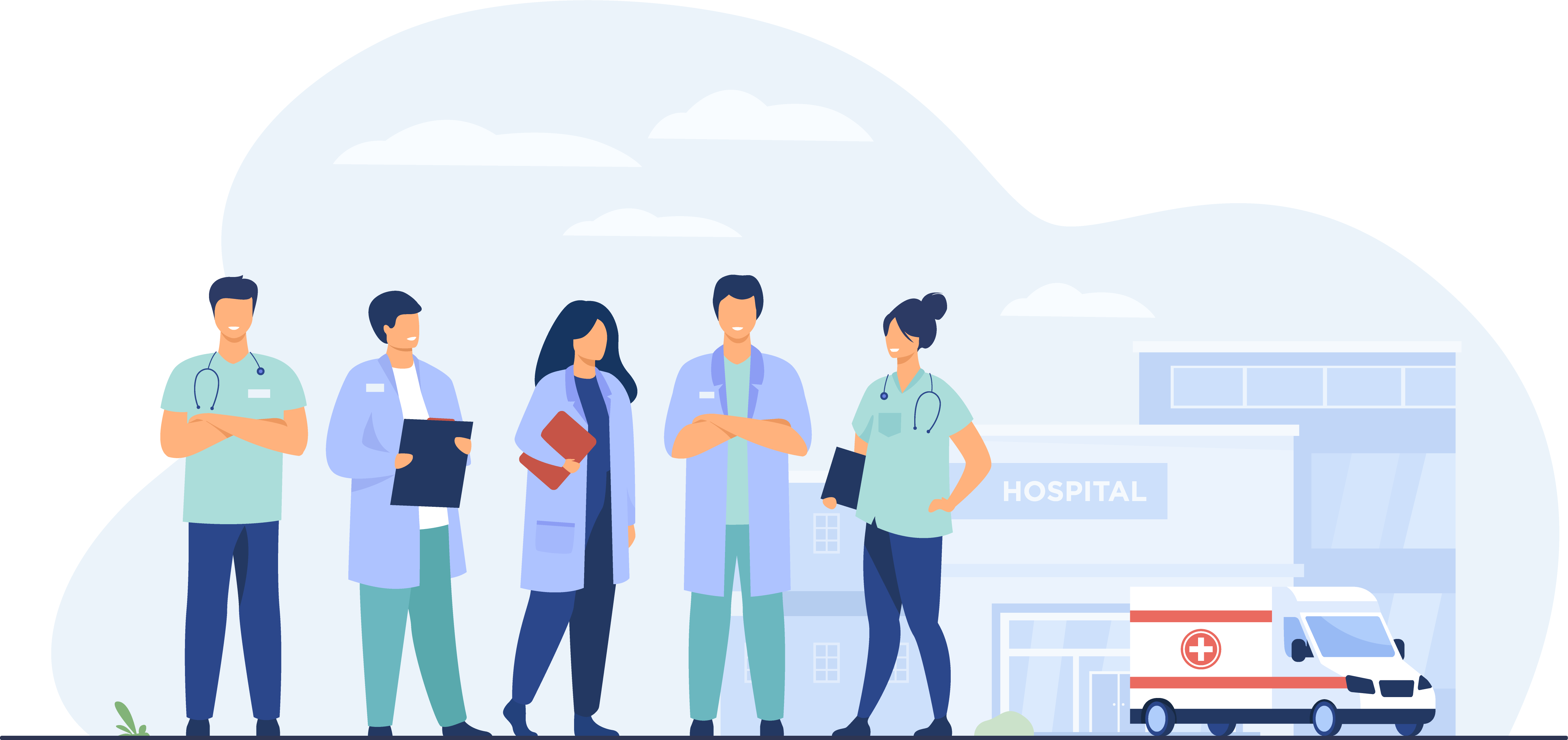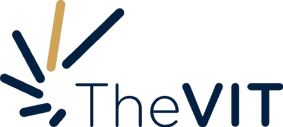Each year, 140,000 employees within healthcare organizations are provided with the opportunity to share their perspectives on the work environment and patient safety by answering the annual ‘Improvement Survey’. Regrettably, sound plans and proposed actions are frequently left unexecuted. One challenge is that solutions often involve several units. Another is is capacity and ability to integrate follow-up routines in day-to-day operations.
In partnership with the Industry Program IA in Hospitals and the South-Eastern Norwegian Regional Health Authority, we’ve introduced a concept (in Norwegian: ‘Sammen om ForBedring’) for leadership support throughout the process, rooted in the collaboration among leaders, employees, and labor unions.
Annually, more than 10,000 units in hospitals nationwide receive a report detailing their work environment and patient safety. But how can we implement concrete actions that improve these aspects?
'Collaborating for Progress' revolves around enhancing the synergy between strategic leadership and alignment, labor union cooperation, and leadership and employee engagement.
As is customary with all surveys, there’s a need for interpretation of the outcomes, with varying perspectives. In pursuit of a unified understanding of the true meaning of these numbers and, more importantly, what collaborative actions are required, the Industry Program IA in Hospitals and the South-Eastern Norway Regional Health Authority aspired to elevate the “ForBedring” (ForImprovement in English) survey from individual units to a more strategic vantage point.
Advancing the cooperation between management, employee representatives, and safety representatives is key for successful transformation. Simultaneously, employees serve as agents of change.
Leaders bear a distinct responsibility, both as leaders of their respective units and as members of a leadership collective. Many leaders acknowledge the challenge in executing actions based on survey results, formulating precise, practical measures, and implementing them. Engaging employees in discussions about how to leverage survey results is also an issue many leaders grapple with. This is why our concept is deeply rooted in leadership responsibilities.
Currently, the survey comprises three stages: individual survey responses, sharing results within the unit, and crafting an action plan. Our approach involves suggesting several stages that, either individually or collectively, reinforce collaboration to yield results from the survey.
While some leaders may require only inspiration or recommendations for specific tasks, others seek comprehensive guidance, with step-by-step instructions for the entire process. For many leadership teams, a strategic discussion on how to utilize ForImprovement can catalyze a more extensive developmental journey.
Therefore, we've crafted a variety of support tools to offer flexibility and enable leaders to select their desired level of engagement.
The leadership and leadership team method guide is a pragmatic companion throughout the entire process. It provides general advice on fostering effective change processes, suggests concrete methods for leadership team development, and outlines how leaders can enhance their skills in alignment with each stage of the For Improvement process. This guide serves as both a source of inspiration and a documented record of agreements made by individual leaders and leadership teams. Since it is directly linked to strategic-level leadership team discussions, it functions as a process enhancement tool in itself.
The method guide provides detailed descriptions of proposed methods and tools. These various tools are accessible for download on the website www.sammenomforbedring.no. Consequently, leaders can access the website directly to discover specific, tailored tools categorized according to each stage of the process. Utilizing the method guide is optional; leaders can swiftly and purposefully identify support tools to address their specific needs.
Facilitating leaders’ access to the methods and tools developed should be straightforward and mandatory. Nevertheless, certain tools are not suitable for download from a website. Hence, ‘Collaborating for Progress’ has also developed a toolbox available to each healthcare organization. Should a leader wish to use the labor union cooperation discussion sheet, for example, it can be conveniently ordered through HR.
‘Collaborating for Progress‘ is designed to serve as a practical resource to amplify the effectiveness of the annual survey. This could involve making healthcare organizations more adept at addressing cross-unit needs or assisting individual units in formulating even more precise measures. The toolbox will continue to evolve, incorporating new method and tool suggestions to ensure it remains up-to-date and relevant.

